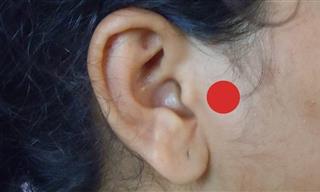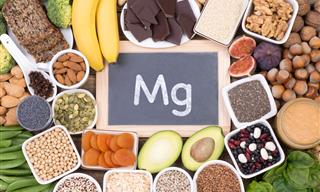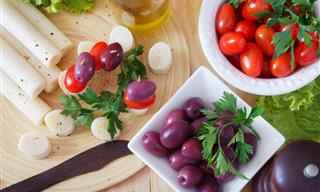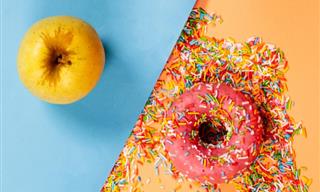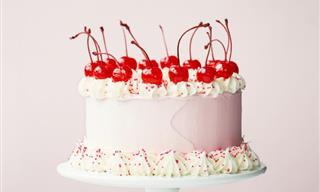Maraschinos: a Historic Background
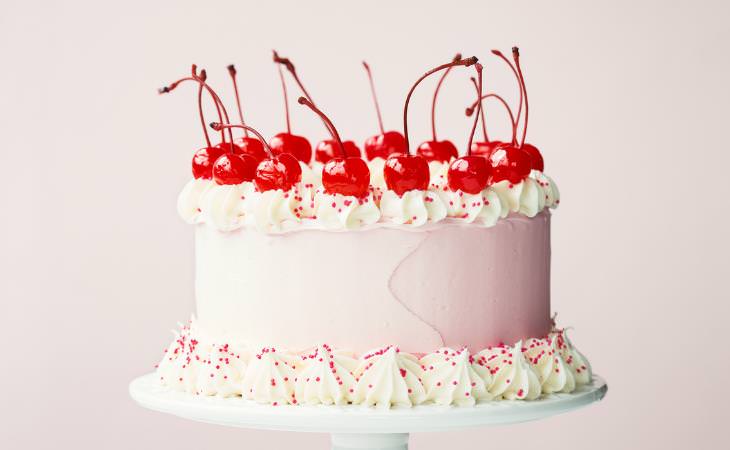
The Luxardo family's distillery was founded in 1821, and it produced a cherry liquor from the distilled leaves, stems, pits, and skins of the Marasca cherry itself. The family-owned business started selling candied cherries preserved in the liquor in 1905, thus inventing maraschino cherries, marketed as Luxardo cherries. In the aftermath of WWII, the Luxardo family business was nearly doomed but one family member managed to escape deep into Italy with a written recipe and a small Marasca cherry tree. At the time, Luxardo cherries had a naturally deep red color on the verge of black.
Then how did today's neon red version come about? The answer is tightly linked to another significant historical event. During the prohibition period, a horticulturist by the name of Ernest Wiegand found a way to imitate the flavor of the (originally alcohol-preserved) cherries with a mix of calcium salts and several artificial flavorings and dyes. The result was much sweeter and of much more vibrant color than the original, but was non-alcoholic and much, much cheaper to produce. Some of the materials Wiegand used are still used today in the manufacturing process of American Maraschinos.
How Does a Cherry Become Maraschino?
 The details of the manufacturing process alone might be enough to divert you from ever again eating those, and that's before we've even taken a look at the nutritional profile. Originally, the cherries were brined in salt water and then preserved in cherry liquor. There were no additives whatsoever, including thickeners, colorants or preservatives. These were considered a true delicacy and they still are today, but the manufacturing process is expensive, and finding original Luxardo cherries today can be a bit of a back-bend.
The details of the manufacturing process alone might be enough to divert you from ever again eating those, and that's before we've even taken a look at the nutritional profile. Originally, the cherries were brined in salt water and then preserved in cherry liquor. There were no additives whatsoever, including thickeners, colorants or preservatives. These were considered a true delicacy and they still are today, but the manufacturing process is expensive, and finding original Luxardo cherries today can be a bit of a back-bend. Modern American Maraschinos are brined in sulfur dioxide and calcium chloride, which also bleaches them. The bleaching removes all-natural pigment, and while that may sound like a purely visual issue, these pigments actually contain powerful antioxidants which are fully removed from the cherries. The fruit is stripped of all its anti-inflammatory benefits, as well as other benefits cherries hold, such as regulating blood pressure, improving arthritis symptoms, sleep, and brain function.
Calcium chloride is a salty-tasting compound used for various purposes in the food industry. It is generally regarded as safe and is mainly used as a firming agent in canned vegetables. Sulfur dioxide is a gaseous compound mainly used for the preservation of dried fruits, thanks to its antimicrobial purposes. In winemaking, it is used as an antibiotic and antioxidant.
After the bleaching, the now-yellow cherries are soaked in a mix of syrup and artificial food dye. One of the main components of this syrup is high fructose corn syrup, HFCS, commonly found in candy, sugared soda and processed food. It is known to increase risk of diabetes type 2, obesity, and heart disease.
What's the Alternative?
 The nutritional value of a Maraschino cherry is heavily decreased compared to that of a fresh cherry. It contains over two times the calories, and less than half of the protein content. The processing almost fully strips the cherries of all their nutrients. That includes vitamins C and B6, Magnesium, Phosphorus, and Potassium.
The nutritional value of a Maraschino cherry is heavily decreased compared to that of a fresh cherry. It contains over two times the calories, and less than half of the protein content. The processing almost fully strips the cherries of all their nutrients. That includes vitamins C and B6, Magnesium, Phosphorus, and Potassium. Apart from dry nutritional facts, I tend to avoid Maraschinos mainly because of their waxy texture. Hard to believe they ever grew on a tree, as there's truly nothing natural about them anymore. While these are consumed in small quantities and likely on special occasions, wouldn't you like to go for a better alternative if there was one? Well, there is! You can invest in original-made Luxardo canned Maraschinos or make your own at home. You're not likely to find those at the local grocer, but they will be easily found in the liquor aisle of any fine spirit store. As for the homemade recipe, here it is:
You'll need:
-1 quart of cherries
-1 cup cherry pits
-3 cups water
-2 cups brown sugar
-1 cup Hibiscus
-3 star anise
Preparation:
1. Sterilize the jars by baking them in the oven at 350°F. Seed the cherries and reserve the pits.
2. Toast the pits over medium fire, add the water and hibiscus and bring to a simmer.
3. Add the anise and sugar. Cook until reduced but not too thick. Strain liquid into a bowl.
4. Divide the cherries into the jars. The jars should still be warm.
5. Cover with the liquid to the top of the jars. Seal and store upside down overnight.
6. The cherries will be soft and dark, and will last up to 6 months in a sealed container in the fridge.
Source
 Go to BabaMail
Go to BabaMail







